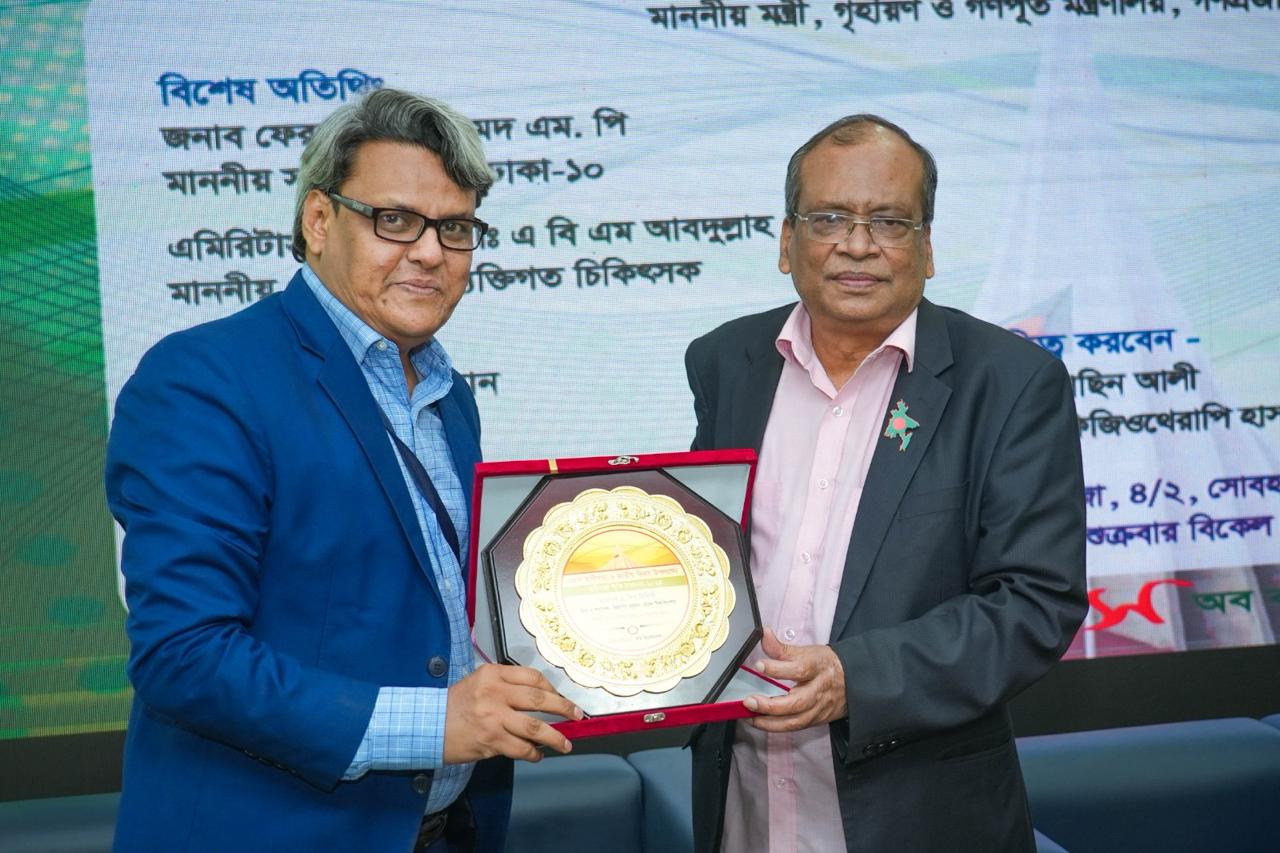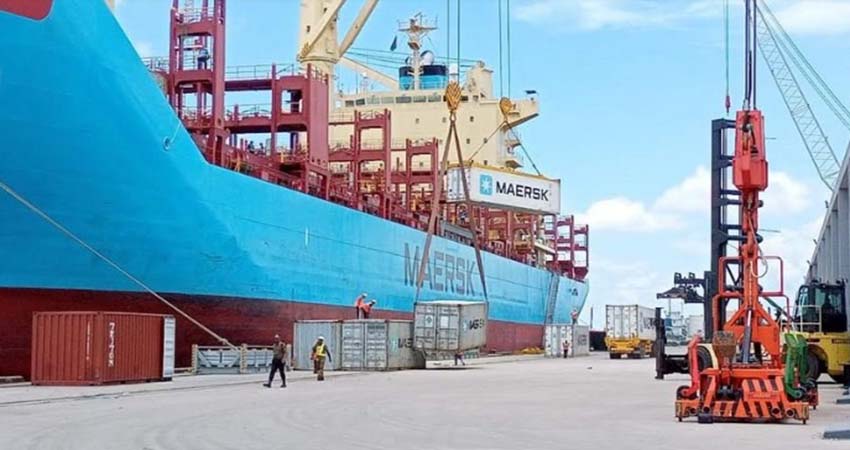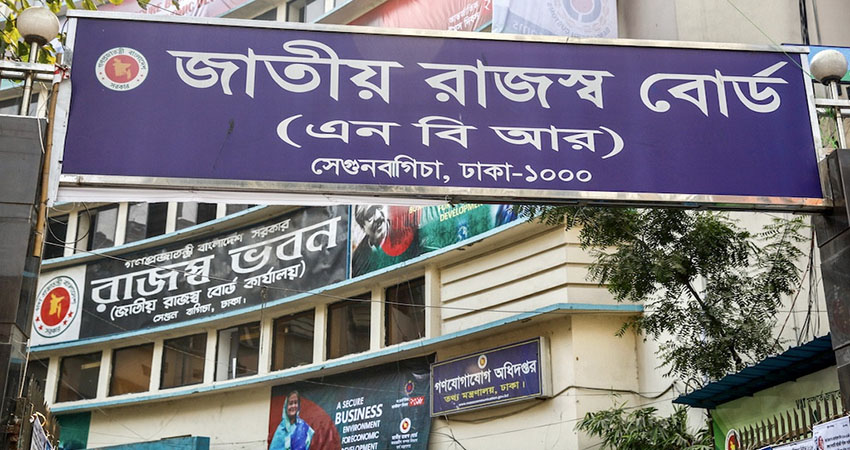In the past years, hilsa had almost disappeared, and in such a context, the breeding and production of hilsa has increased significantly due to various measures taken by the government, including the ban on mother hilsa hunting. Hilsa, the king of fish, fish and rice, Bengalis seem to have regained their old traditions. When you go to the fish market, you can see big size silver hilsa. You can buy your favorite hilsa according to taste and affordability, but the price of hilsa this year is a little bit higher than the last year.
Hilsa is basically a fatty fish and it is rich in essential fatty acids (omega 3 fatty acids). Recent studies have found that this acid helps lower cholesterol and insulin levels in humans. It is a saltwater fish, but commonly found during monsoons in canals connected to large rivers and estuaries. At this time, this fish come from the sea to the canals connected to the big rivers and estuaries to lay their eggs. Hilsa fish is generally not farmed. However, research is being conducted on the cultivation of hilsa in fresh water ponds at the Hilsa Research Institute of Chandpur.
According to fisheries scientists, Hilsa lives in the sea all year round but it only comes to the river to spawn. Both river and sea hilsa are torpedo shaped. But the hilsa of the river is a little bent and short, and the hilsa of the sea is narrow and long. Along with that, the Hilsa of the rivers, especially the Hilsa of the Padma and the Meghna, is a little brighter. River hilsa is more shiny and slightly more silvery in color. Sea hilsa is comparatively less bright. In addition, river hilsa, especially the hilsa fish of Padma-Meghna basin, is shaped like a patel, i.e., the head and tail are narrow and the belly is fat.
With the abundance of hilsa in recent years, it seems as if the heyday of hilsa has returned. The price of a hilsa fish of the same size and weight as it used to be in the past years has come within reach in recent years. Moreover, enough hilsa weighing one and a half to two kg is seen in the market lately, which was like a dream before.
In July 2018, a hilsa weighing 3 kg 600 gm was caught by fishermen in Meghna river in Kamalnagar, Laxmipur, which was sold for Tk 14,500. Earlier in 2018, 3 kg of 200 gm of hilsa was caught in the Meghna river at Chandpur Sadar. However, no matter the price is high or low, people of all classes and occupations can buy and eat Hilsa fish according to their taste, consistency and affordability.
About 86 percent of the world's hilsa is produced in Bangladesh. The contribution of hilsa to the gross domestic product (GDP) is 1 percent and the contribution of hilsa to the total fish production of the country is about 12 percent. In the fiscal year 2008-09, the production of national fish hilsa was 2.98 lakh tons, in the last fiscal year 2019-20, hilsa production was 5.50 lakh tons and in 2020-21 fiscal year 5.56 lakh tons, i.e., the production of hilsa has almost doubled in the last 12 years. According to the Department of Fisheries, about 5 lakh people are directly engaged in hilsa harvesting and 20 to 25 lakh people are directly or indirectly involved.
Hilsa has two main breeding seasons - September-October (Bhadra month to mid Kartik) and January to February (Mid Paush to mid Phalgun). However, the reproduction rate is higher in the first season than in the second season. Fishery experts say that the course of hilsa depends on the rain. If the rainfall increases, the import of hilsa also increases with the increase of water in the river. The Ministry of Fisheries and Livestock declared 6 hilsa sanctuaries by revising the Protection and Conservation of Fish Rules 1985.
Hilsa is called the national fish of Bangladesh. In 2017, it was recognized as a Geographical Indication or GI product of Bangladesh. It has a special role in the economy as a delicacy. Therefore, in order to maintain continuity in hilsa production, besides continuing the ongoing projects, various initiatives must be taken to involve the fishermen more. More incentives should be given to genuine fishermen. Only then will you get more benefits in the future.
At the same time, it is very important to be aware of the buyers, sellers and fishermen as it is necessary to have a strict supervision along with the proper supervision of the field administration. As it is the expectation of everyone that the price of silver hilsa, the tradition of Bengali, should reflect the taste and affordability of the common people, it is also important to maintain the continuous success of hilsa production.
Writer: Banker and Columnist
The Daily Citizentimes/OH/MY



















